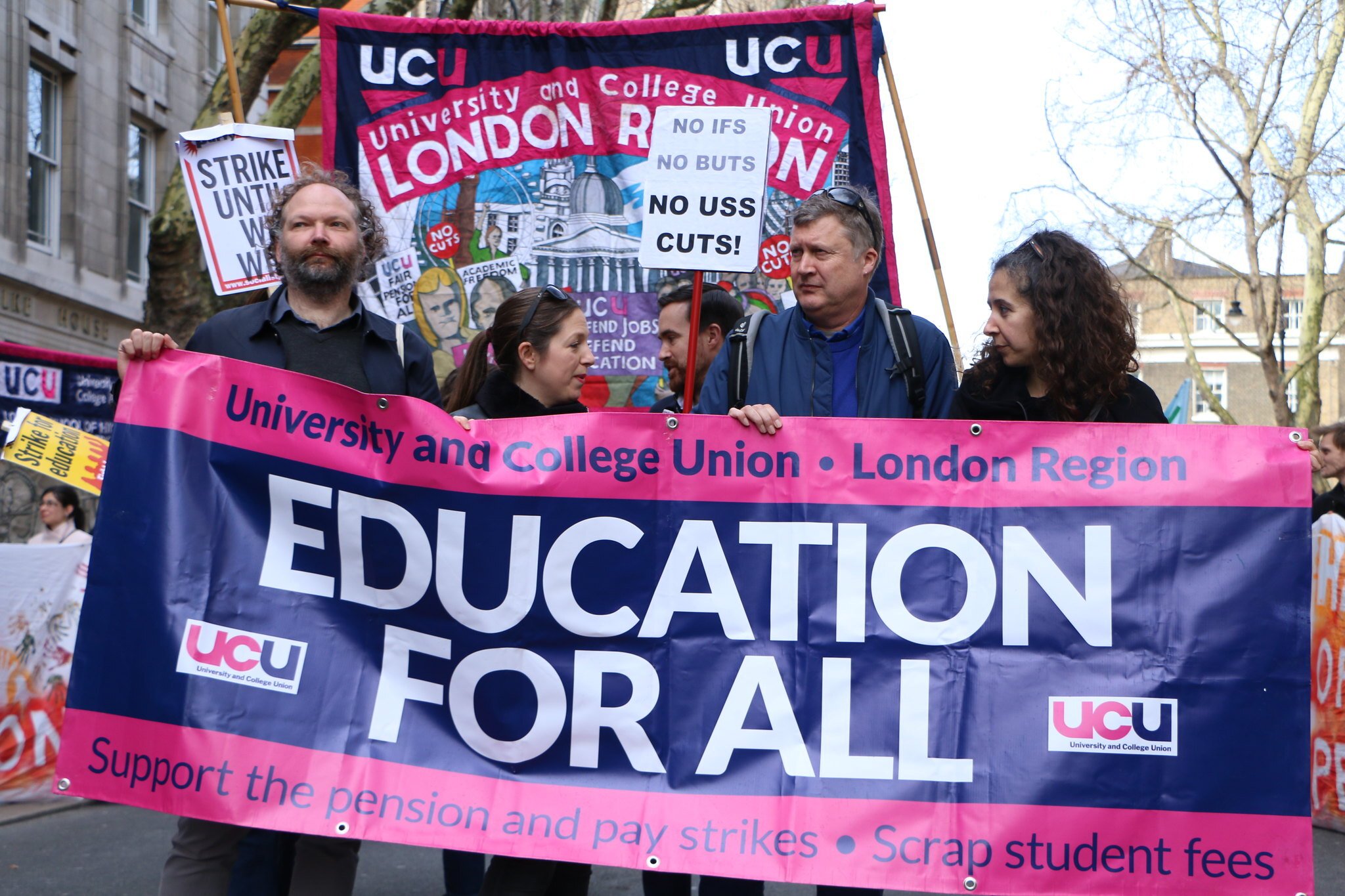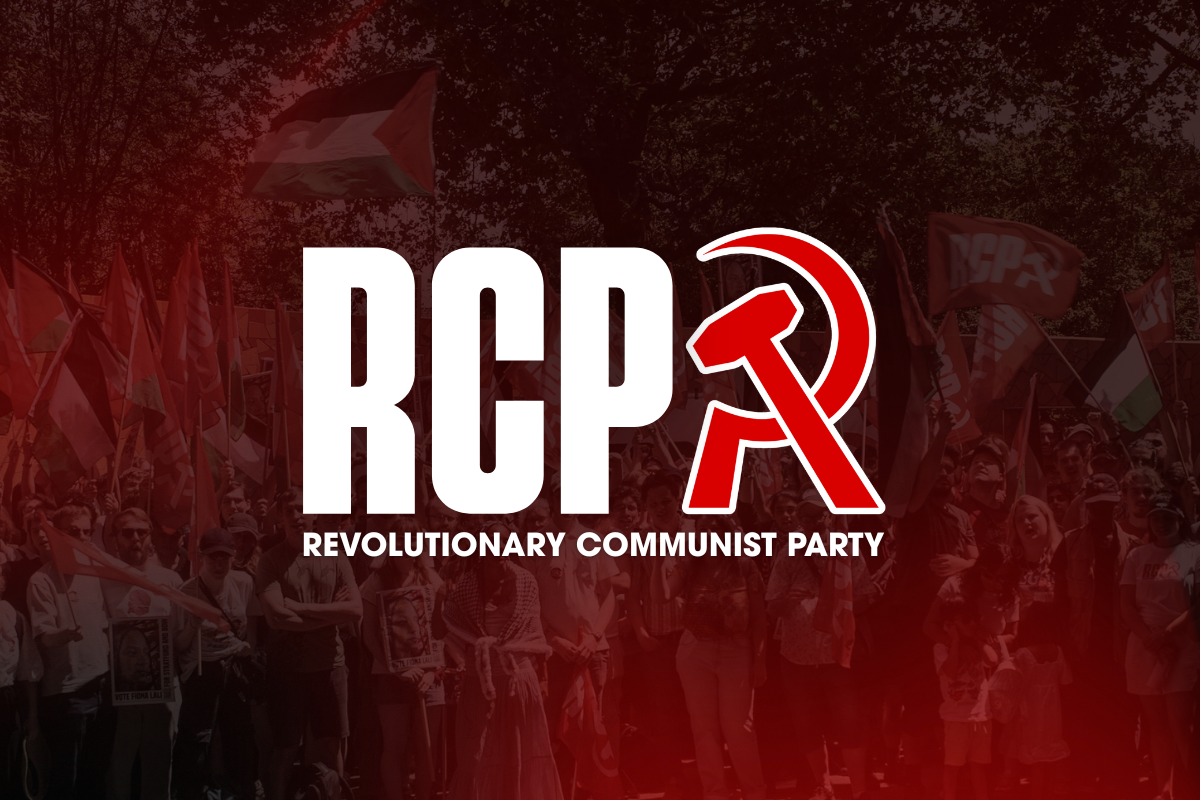At least 20,000 – perhaps as many as 30,000 – marched through Glasgow in support of the strikes.
Glasgow Report
At least 20,000 – perhaps as many as 30,000 – marched through Glasgow in support of the strikes.
Action
began early. At Glasgow Caledonian University, security staff marched
out at the stroke of midnight accompanied by a bagpiper. Elsewhere in
the city, pickets began to form around 7am, with students supporting the
UCU on various campuses. However, the pickets at universities and
schools didn’t have much to contend with – 99% of Scottish schools were
closed, and all classes at Glasgow Uni were called off with only the
library remaining open with a few staff. As the uni was well covered,
students roamed the west end of the city distributing tea and biscuits
to pickets on a freezing morning. The picket at the Western Infirmary
was particularly large, with much flag waving and chanting. At all
pickets we visited, we found that most passing cars beeped their horns
to show their support, with some drivers displaying clenched fists! A
march at 10.45am of students, lecturers and other uni staff of around 50
strong was met with the same positive reaction from passers by, with
even a shopkeeper coming out to show his enthusiasm for the strike,
asking for leaflets, and, to top it off, he showed a real eagerness to
attend a Glasgow Marxists meeting the following week!
The
gathering at the top of Buchanan Street for the student and youth feeder
march quickly accumulated demonstrators. By the time it set off at
11.45am, around 1,500 had gathered with an amazing array of UCU banners
form the various universities and colleges from the surrounding area,
showing the extent of support.
Meeting with the main march, we
became aware of the sheer scale of it – several streets full of
demonstrators, with the official gathering point of Shuttle St.
completely inadequate for this number. Many demonstrators were stuck in
the same place for a while as it took a considerable amount of time for
the official march to filter out onto the streets along the agreed
route! Row after row of banners made their way through the city centre.
It took more than an hour for the entirety of the demo to reach the
Barrowland Ballroom, where a rally was to be held. By this point the
numbers looked to be at least, if not more than, 20,000 – this is
compared to how the 20,000 strong STUC demo in October of last year
looked. The amount of people was far too much for the 2,000 capacity
Barrowlands, which was filled in about 10 minutes. Most demonstrators
became quickly aware of this and turned back; the demo had largely
dispersed by 3pm, 8 hours after N30 had begun for most of those there.
Few
could have predicted how big the N30 demos were going to be. Cameron,
panicking, tried to play it down, saying that the day had been a ‘damp
squib’. ‘Damp squib’? Several hundred thousand protestors on the streets
of Britain and several million out on strike in the single biggest day
of action since 1926 would say otherwise. In Glasgow – which had
probably the largest demo other than London – and elsewhere, this may
well be a turning point.
Strikes have the tendency to bring about a
change in consciousness in those that experience them. N30 will for
many be their first experience of strike action; for others, their first
experience of one so large and generalised. A developing in
consciousness is to be anticipated from this, preparing workers for the
struggles that lie ahead.
Nov 30th is only the
beginning; whilst workers will face attack after attack on wages and
working conditions in the coming months and years, these strikes
underline the strength and power that the working class has. It is this
that we must use to fight back.






